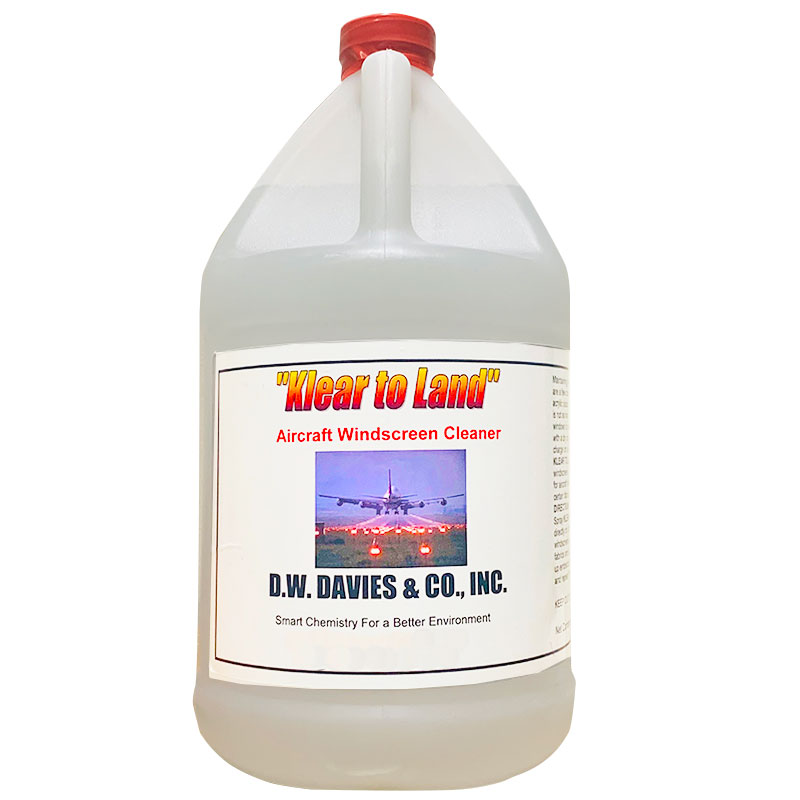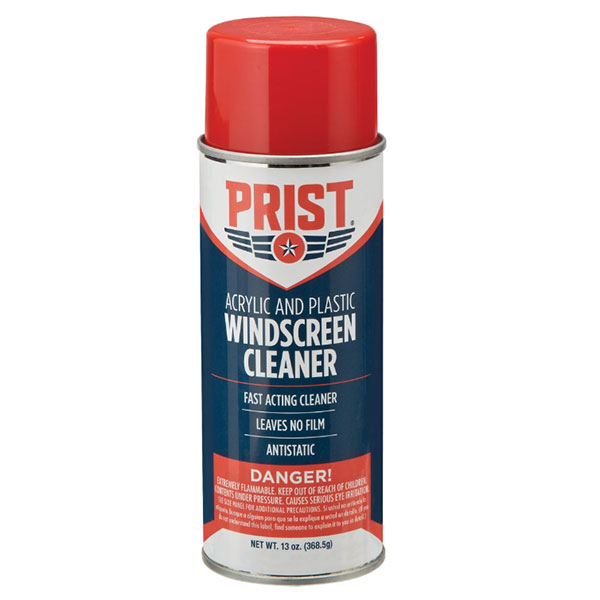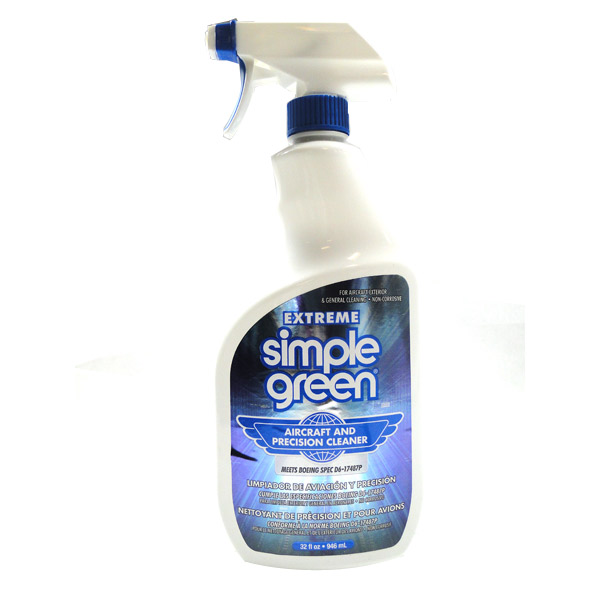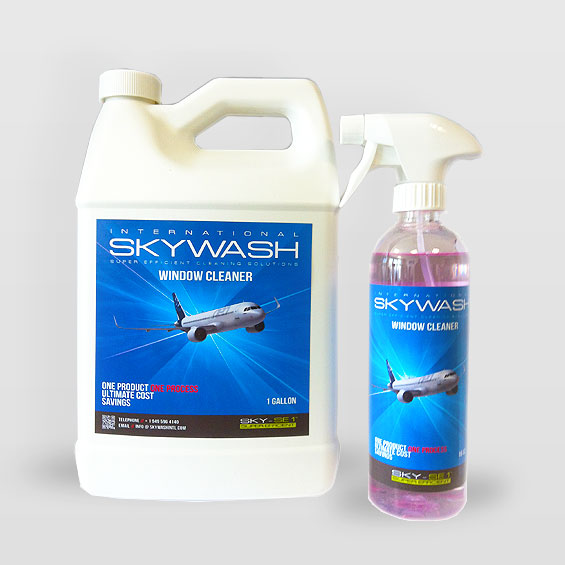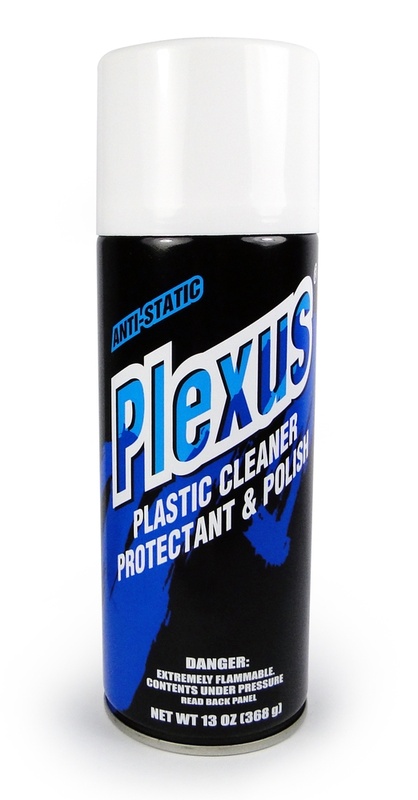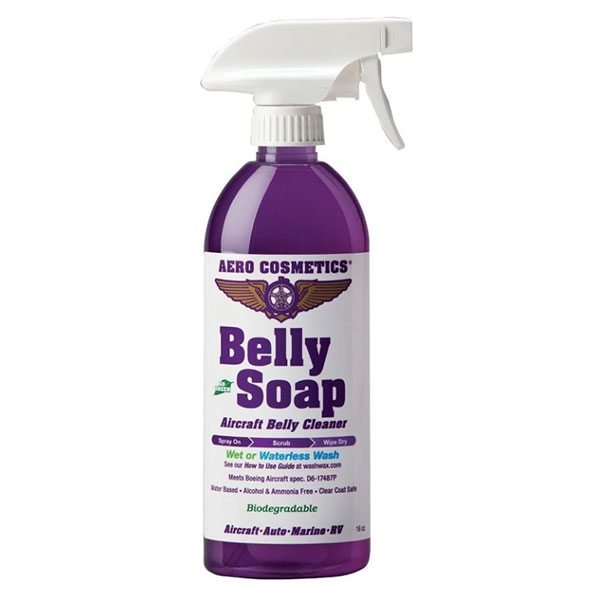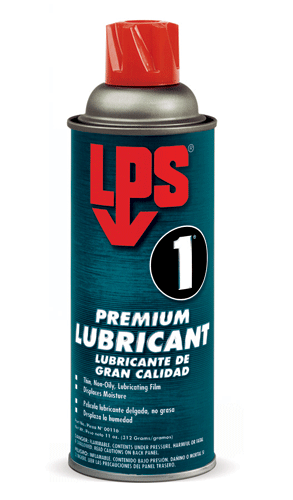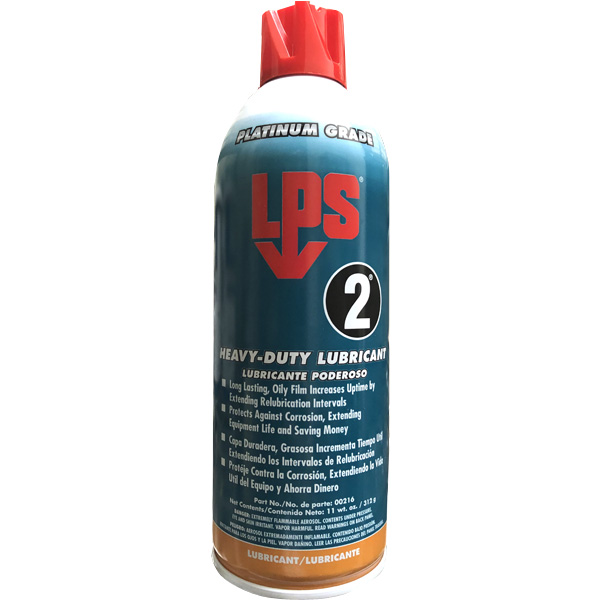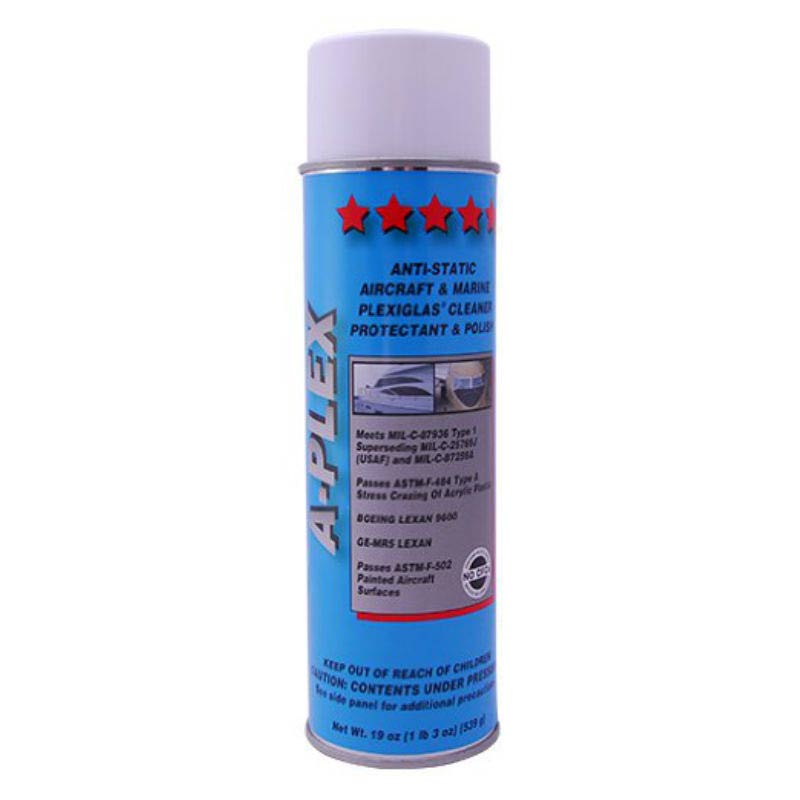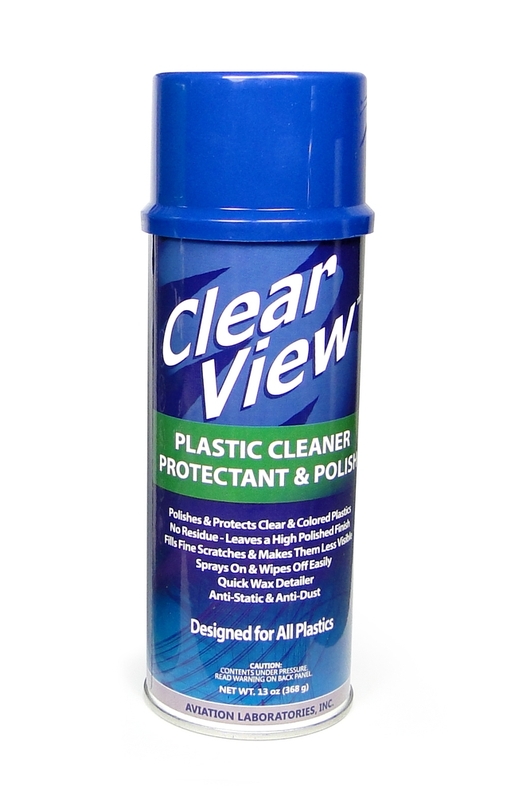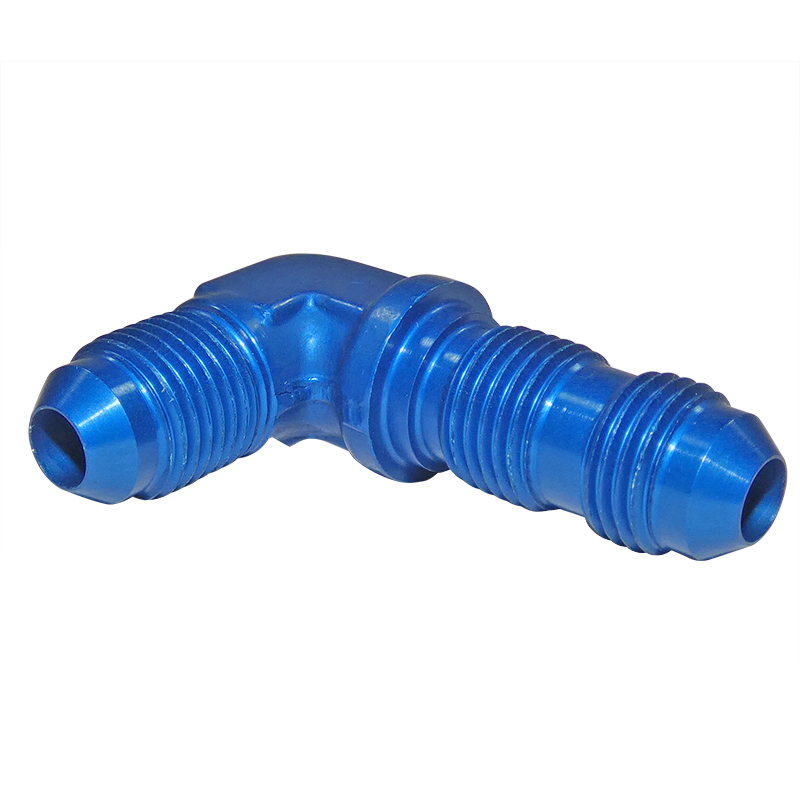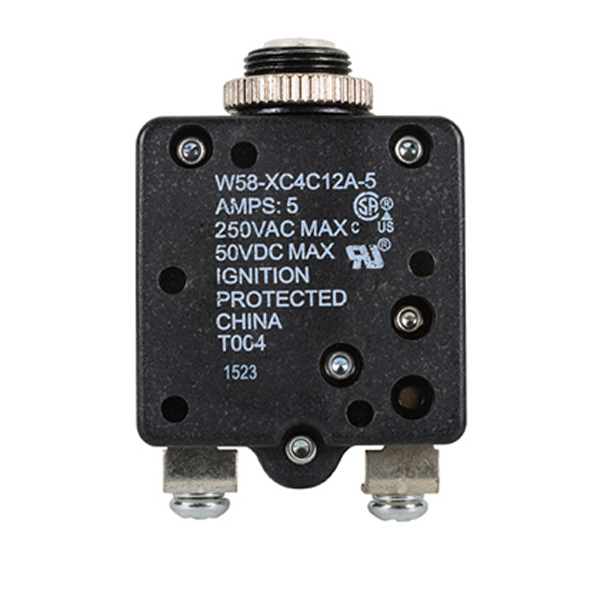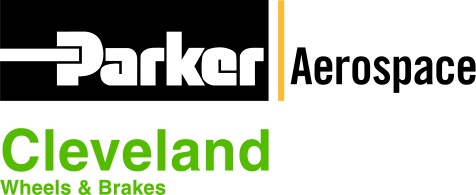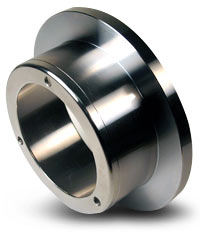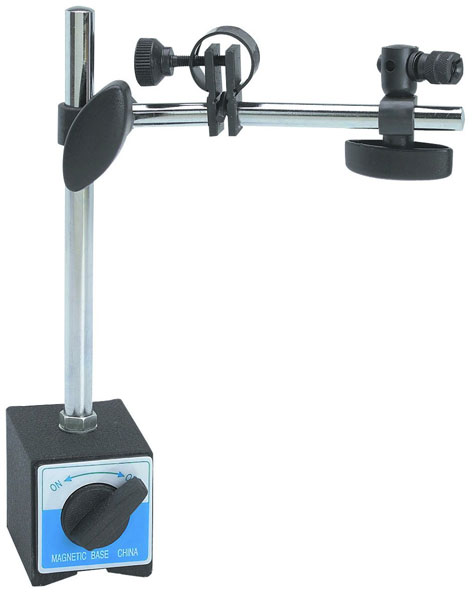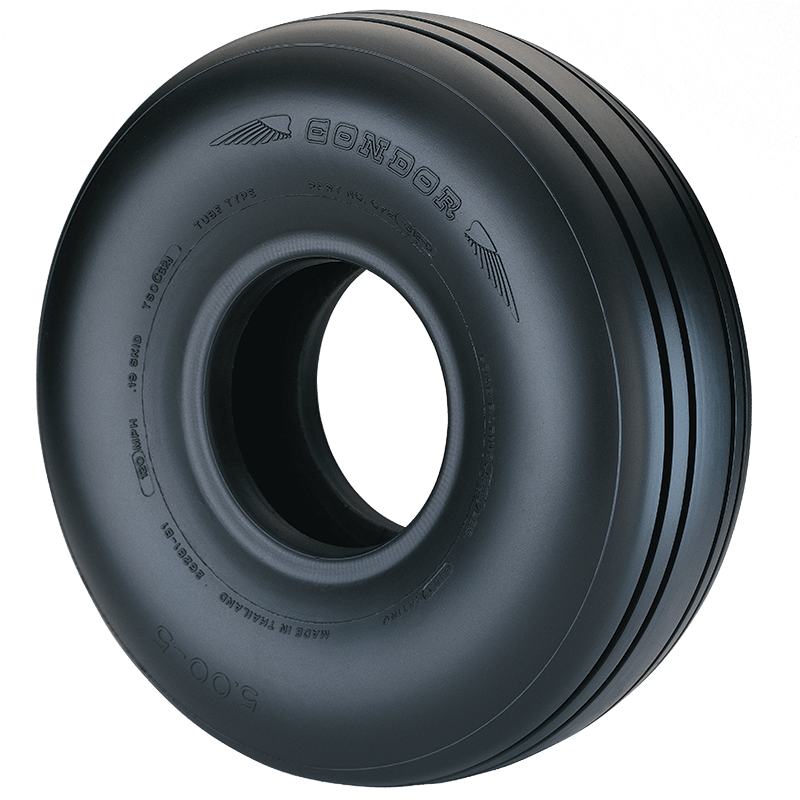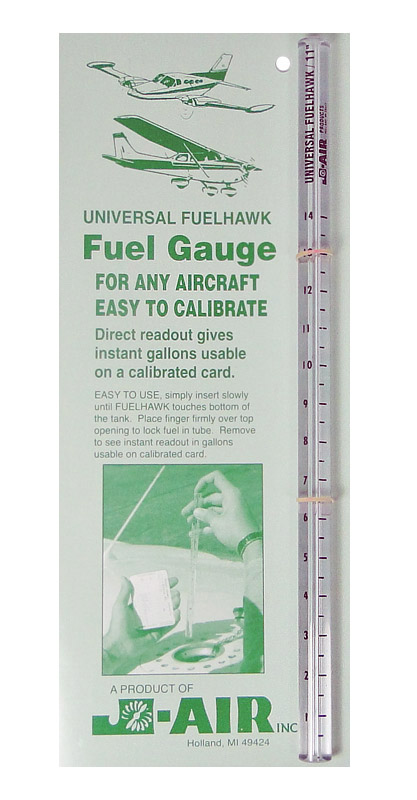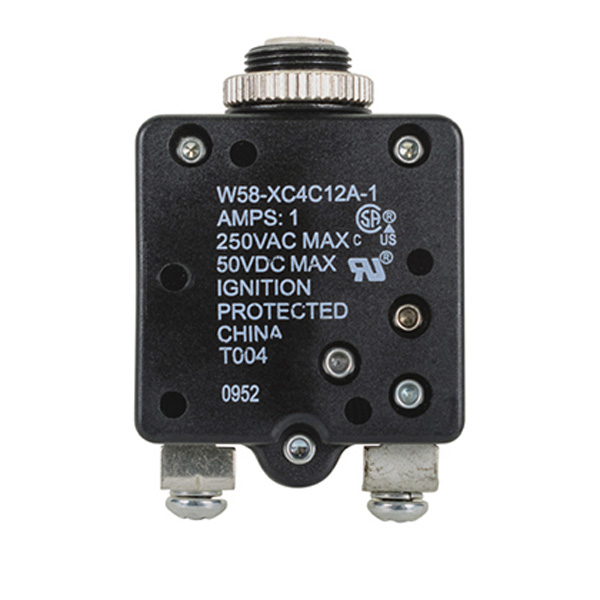Klear-to-land Liquid Cleaner
от 6697 5581 руб.
до 275643 229702 руб.
При добавлении в корзину к цене товара добавится таможенное оформление опасного груза. Окончательную стоимость Вы увидите при оформлении заказа.
Overview
| Maintaining your aircraft windows is not difficult, but there are a few considerations to keep in mind. Although acrylic plastic is considerably stronger than glass, its face is not as hard, so you must use care when cleaning your windows to prevent scratching. Never rub the surface with a dry cloth. Excessive rubbing builds up a static charge on the Plexiglas that can attract dust. Never rub surface with dry cloth and never use any soap or glass cleaner that is not made to aircraft specs - - - it will cause scratching and crazing of windscreen. Never use aircraft deicing fluid on windscreens, as it will cause excessive crazing. Always be sure to use a cleaner made for acrylic plastic, such as Davies ?KLEAR-TO-LAND?. Spray on ?KLEAR-TO-LAND? liberally; rub well with clean dry cloth. Minor scratches will be greatly improved over a period of time. ?KLEAR-TO-LAND? leaves an invisible film giving windscreen much greater slip as well as being an ice deterrent in winter flying. Due to the ?slip value? of ?KLEAR-TO-LAND?, pilots spray all leading edges of wings to obtain more slip and be a great ice deterrent on all leading edges. ?KLEAR-TO-LAND? is formulated primarily for aircraft windscreens ? however, it can be and is used extensively for aircraft interior cleaning, including upholstery cleaning, fabric, plastic and leather. When used as an upholstery cleaner, it is recommended that ?KLEAR-TO-LAND? be sprayed on surface and allowed to remain on surface for approximately two minutes allowing the chemical action to penetrate and break up soil ? after two minutes of chemical action, simply wipe surface clean. For cleaning windscreens and windows, it is NOT necessary to allow any time for chemical action ? recommend to spray and wipe immediately after spraying windscreens since there is no porous surface that needs to be penetrated on windscreens. |



